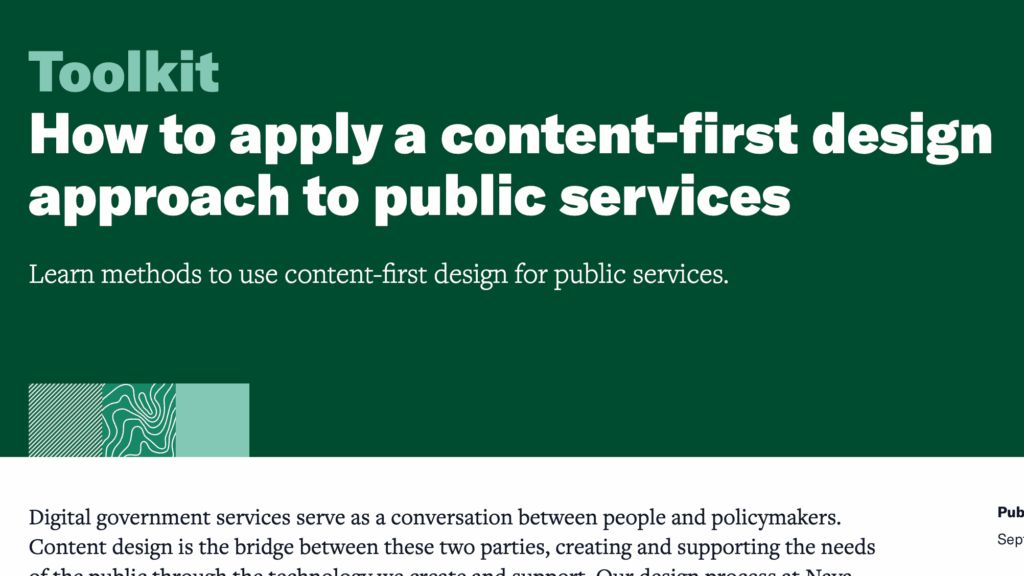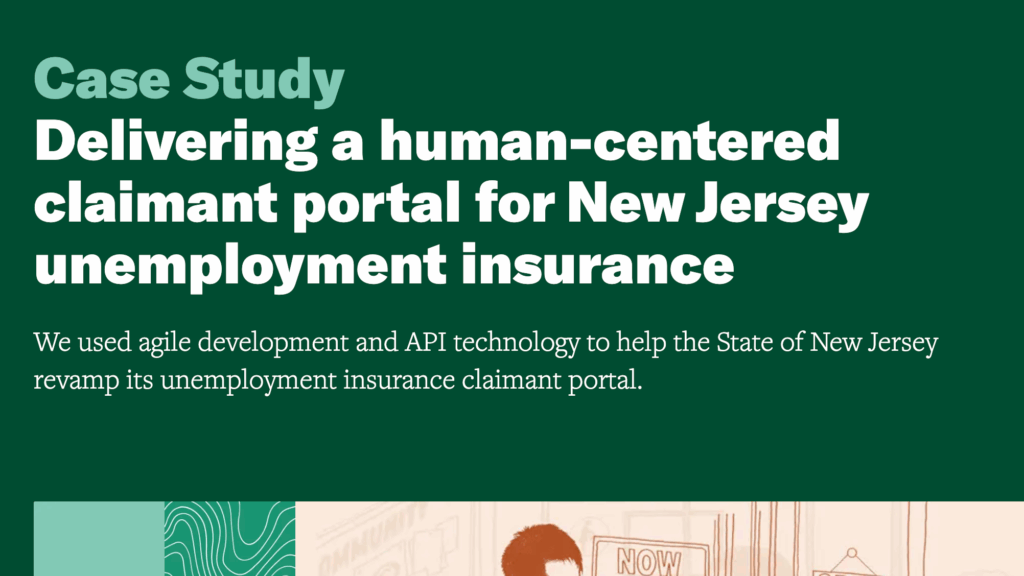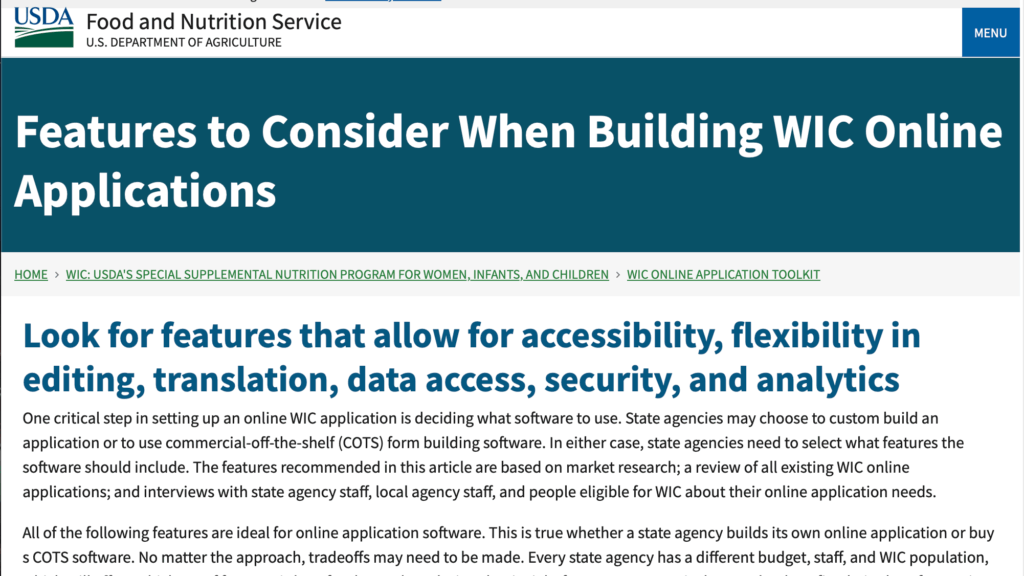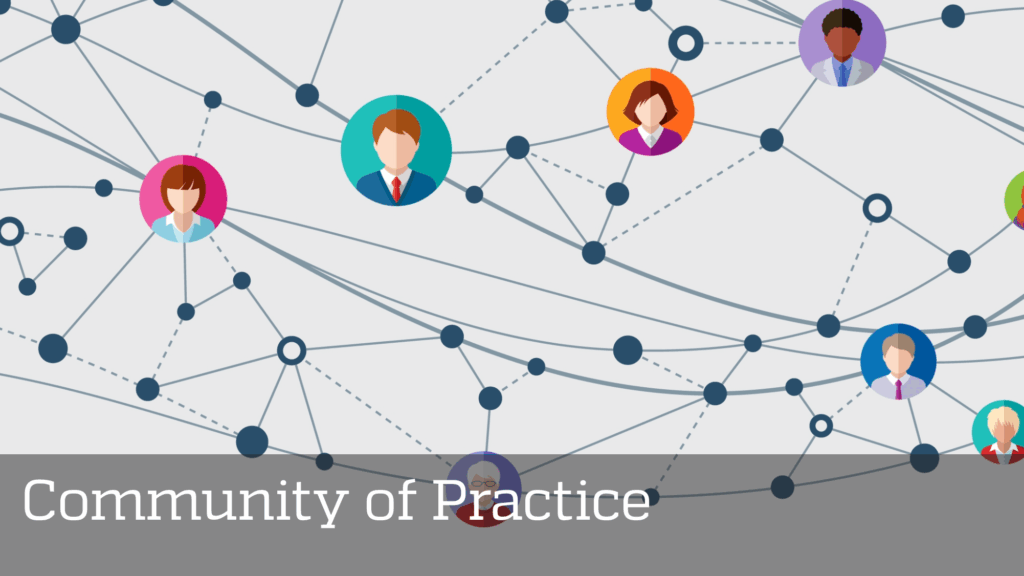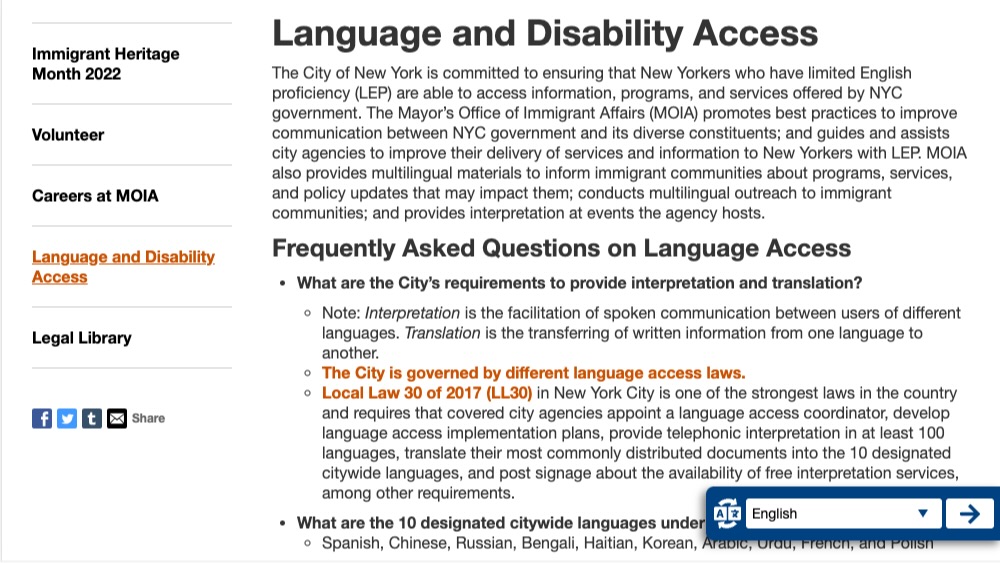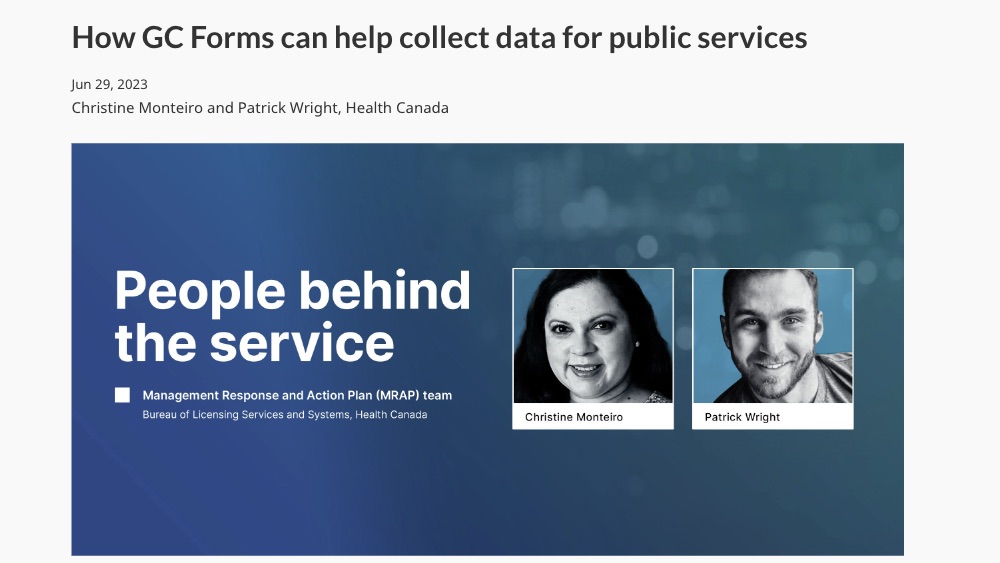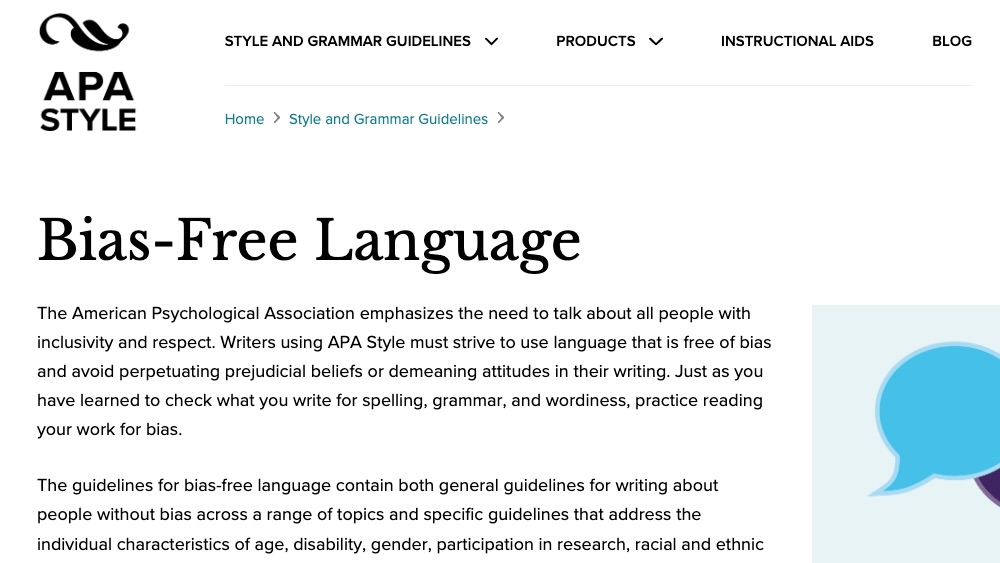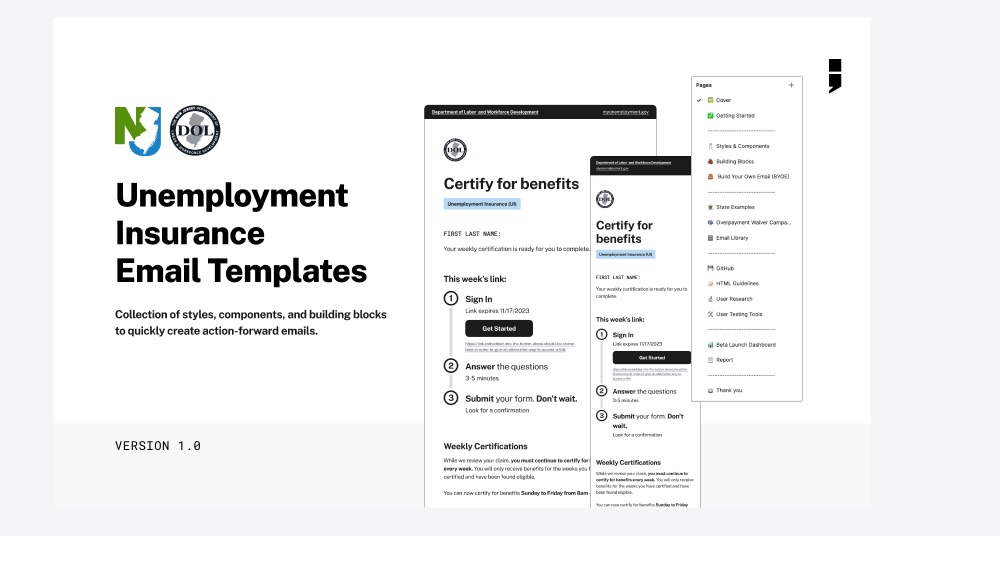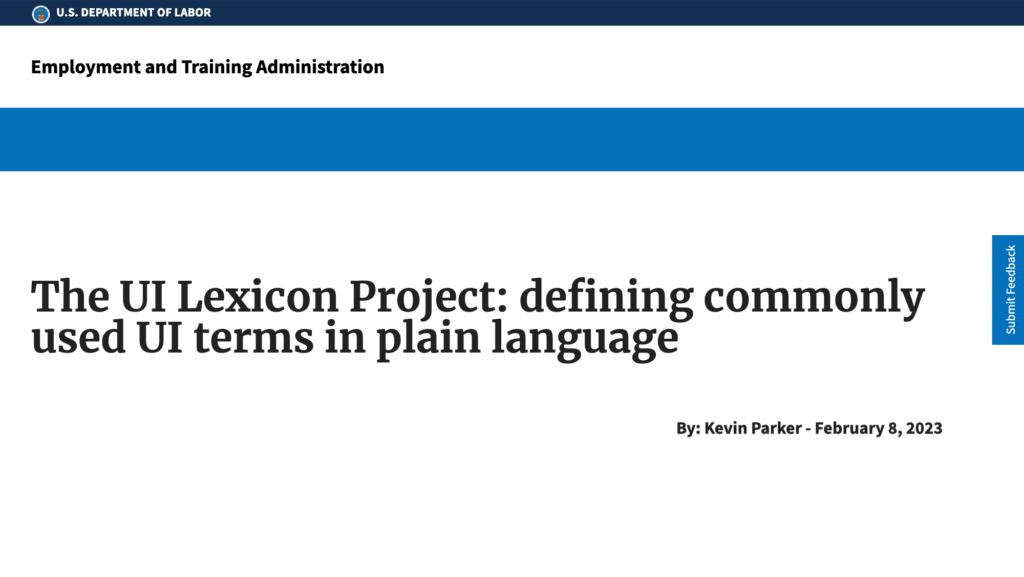Communications
Communication plays a key role in how people are able to make sense of and use government products and services.


Reach Every Audience
Communication and content delivered through government digital experiences needs to be accessible and usable for the general public, meaning it needs to be written in plain language to ensure that everyone can meaningfully understand and use the information. Plain language often is assessed by testing its readability and is scored by grade level. As the government serves communities who speak a range of languages, it is critical to create multilingual content and offer support services including interpreters.
Web content that has a clear hierarchy and is based on the information needs of the users can help ensure people are able to navigate and access the information more easily. Testing communication and content with your target audience is an important step in the process to determine if and how people make sense of the information and identify the ways it can be improved to ensure it is accessible to all users. Federal laws require agencies to provide clear communication to the general public about any government benefits and services.
On this page you will find resources to help your team thoughtfully create communication and content for your target audiences.
Subtopics
Explore our 4 communications subtopics below.
Multi-Lingual
Outreach Language
Plain Language
Text Messaging
How to Get Started
We recommend these resources as a starting place on how to thoughtfully communicate and deliver content through government digital experiences.
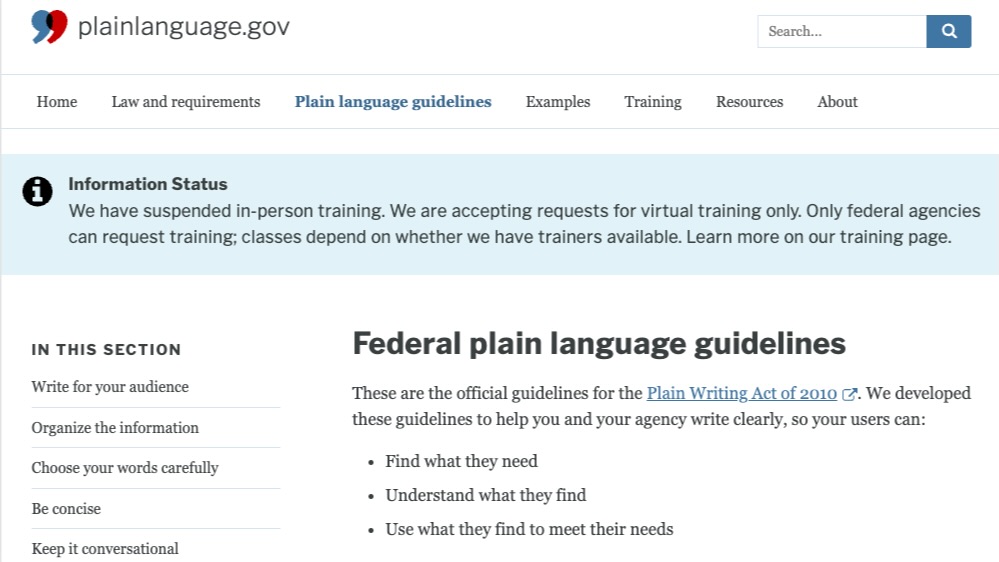
Federal Plain Language Guidelines
Guidelines to help organizations write in compliance with the Plain Writing Act of 2010.
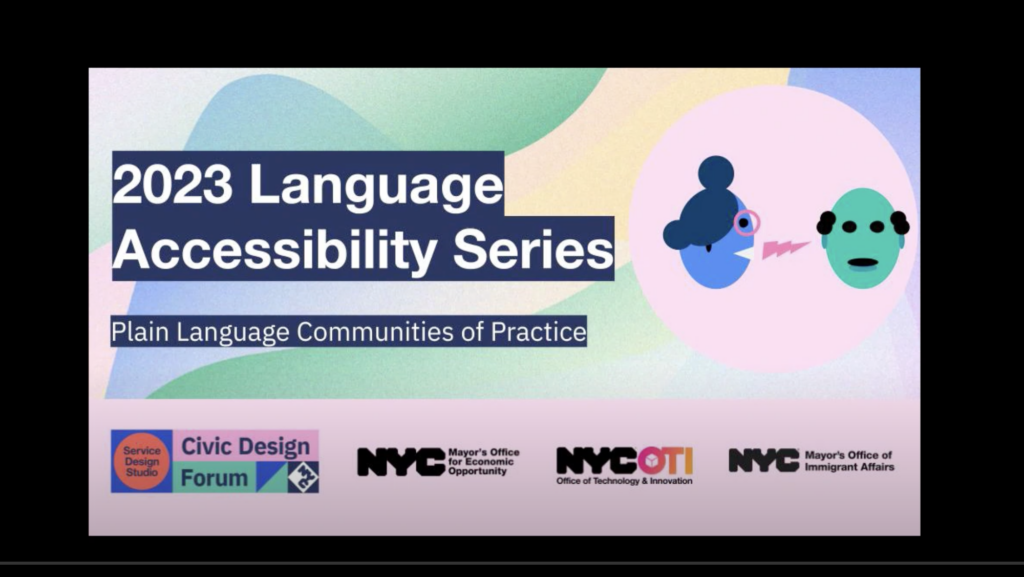
Plain Language 101
Jack Ding from the NYC Mayors Office for Economic Opportunity gives a brief training on plain language writing.

Best Practices for Accessible Content
Drawing on the Beeck Center’s research on government, nonprofit, academic, and private sector organizations that are working to improve access to safety net benefits, this report highlights best practices for creating accessible benefits content.
Communications for Public Benefits

Text to Connect: Using Text Message Outreach to Reduce SNAP Churn (Full Guide)
This guidebook aims to equip state and local agencies with the practical insights they need to develop a text messaging outreach program for SNAP recertification.

Accessible Benefits Information: Reducing Administrative Burden and Improving Equitable Access
This guide highlights best practices in benefits access, showcasing how Michigan, New York City, and San José improve accessibility through plain language, multilingual translation, resident co-creation, and technology tools.
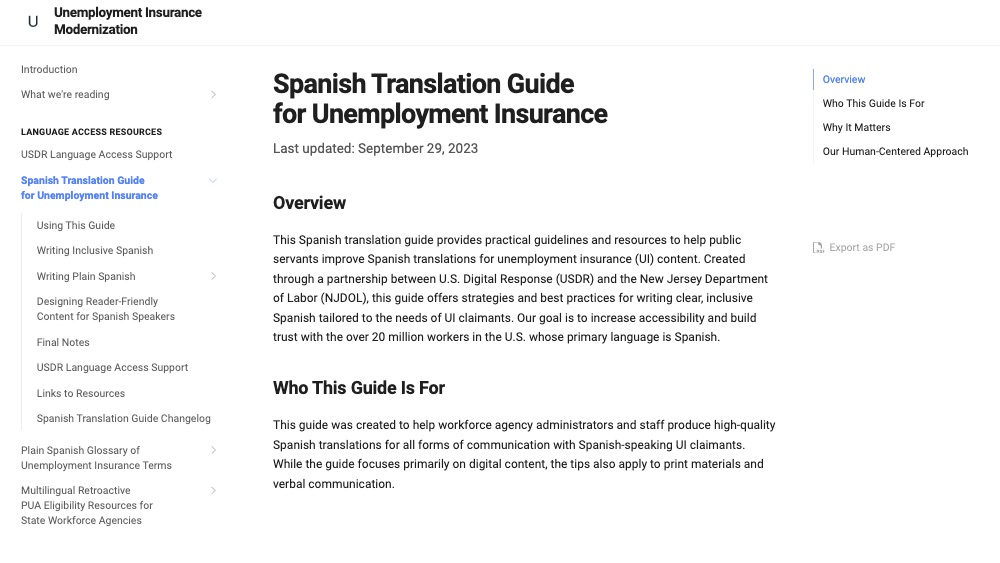
Spanish Translation Guide for Unemployment Insurance
Guidelines and resources to help improve Spanish translations for unemployment insurance (UI) content
Discover All of Our Communications Resources
Below you can see the latest items and the most popular. Click View More to see all resources and examples.

